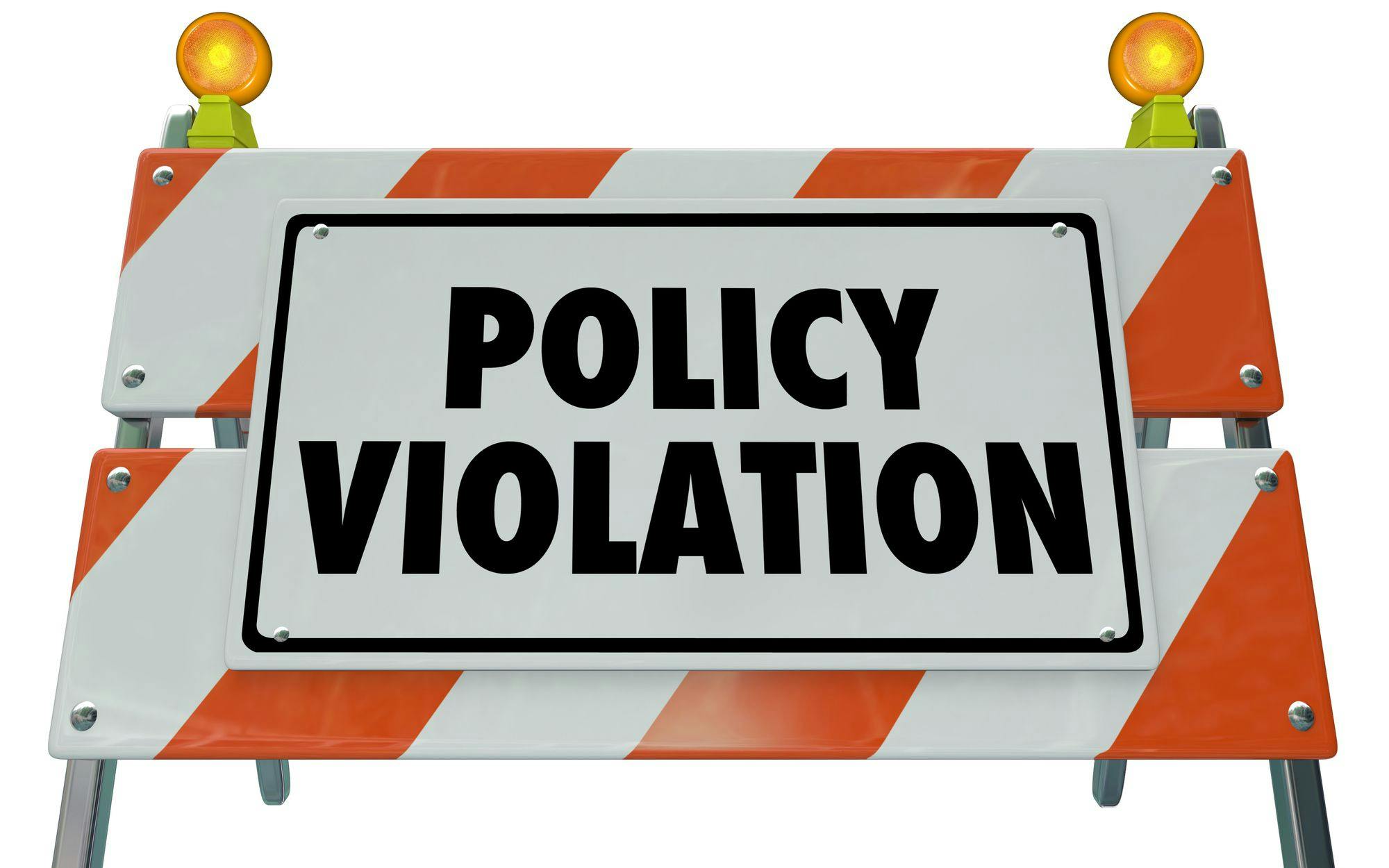
Eight Common Compliance Violations and How to Stop Them
For commercial construction professionals in the United States, there’s a good chance the government plays a role in everyday operations. That’s because often the client is the government, or because every job has to answer to governmental bodies such as the Occupational Safety and Health Administration and the Office of Federal Contract Compliance Programs.
Between those two oversight organizations, millions of dollars of noncompliance fines are collected each year from businesses in the construction sector. For business owners, the threat of being audited or caught not meeting a standard can have major repercussions, including:
- financial retribution;
- reputation damage;
- loss of confidence of employees; and
- loss of business.
When safety, deadlines and even an entire business are on the line, it’s critical to have an eye on meeting compliance standards. Here are eight common compliance violations for construction professionals to watch for and how to prevent them.
From OSHA
OSHA’s mission is to “assure safe and healthful working conditions for working men and women by setting and enforcing standards and by providing training, outreach, education and assistance.” It’s a noble pursuit, and with just one compliance officer for every 59,000 workers OSHA is meant to oversee, it’s daunting.
What do businesses need to know and what they can do to be OSHA-compliant?
Common OSHA Compliance Violations
OSHA’s compliance standards vary by industry and can reach from on-the-job-site violations such as not having OSHA posters put up to lack of safety programs and poor recordkeeping. According to OSHA, the top five most frequently cited OSHA standards from last year are:
- fall protection (construction);
- hazard communication standard (general industry);
- scaffolding, general requirements (construction);
- respiratory protection (general industry); and
- control of hazardous energy (lockout/tagout) (general industry).
How to Prevent Them
Any good business knows that safety on a jobsite needs to be a primary focus. Without healthy, confident workers, businesses can’t survive, and with OSHA’s oversight, the U.S. has made progress in making worksites safer. To continue in that direction, construction in particular needs to stay ahead of the safety and health game. Here’s what they can do:
- Create a safety and health program that touches all employees at different stages of their careers; OSHA’s free on-site consultation program is a great place to start.
- Make OSHA training a part of the onboarding process for all relevant employees.
- Store and track OSHA certifications for all employees using a mobile, easy-to-use system.
- Make safety training a part of the employer brand, so new employees know it is truly a value and take it seriously.
- Record and report all necessary OSHA forms for the required five years using a robust employee management system (sometimes called an Enterprise Resource Planning System, or ERP) that makes tracking easy and keeps businesses ready for an OSHA audit.
From OFCCP
For most nonresidential construction companies, contracting with the government can be a common and lucrative business strategy. Those contracts are overseen by the OFCCP, whose mission is to “enforce, for the benefit of job seekers and wage earners, the contractual promise of equal employment opportunity and affirmative action required of those who do business with the Federal government.” The OFCCP’s oversight comes with some teeth: more than $39 million was obtained by the OFCCP on the behalf of employees who were discriminated against last year.
Common OFCCP Compliance Issues
Knowing how to meet and prove a commitment to OFCCP policies will not only save headaches for everyone involved in working on government contracts; it will also make the workplace more diverse and more lucrative. Here are the three most common construction compliance evaluations conducted last year, according to OFCCP:
EO 11246 Violation (Equal Employment Opportunity): More than 50% of OFCCP inquiries in construction were under this code. It involves discrimination in employment decisions on the basis of race, color, religion, sex, sexual orientation, gender identity or national origin.
- Section 503 Violation (Prohibits discrimination against individuals with disabilities): 12.1% of OFCCP evaluations in 2018.
- Section 4212 Violation (Vietnam Era Veterans’ Readjustment Assistance Act, a.k.a. VEVRAA): 14.1% of OFCCP inquiries in 2018.
How to Prevent Them
With the labor crisis being what is for construction, hiring would be plenty tough without the added layer of regulations the OFCCP brings. But with oversight regarding not only who gets hired, but also how the decisions are made and being documented, recruiting is more complicated than ever before.
The best approach for any business working with federal contracts is to have smart HR infrastructure in place. Like a job site, a solid foundation for bringing on employees and organizing all the details of each applicant is critical to meeting OFCCP standards. Here’s what’s recommended:
- Only look at the best applicants. Smart HR software will sort the applicants by criterion and display them in batches; this allows hiring managers to view small amounts at a time and only have to report on the ones considered.
- Keep all hiring decisions on record. Whether in filing cabinets or through smart software, an information hub should be used to keep employee-related decisions for at least two years. With a software, disposition codes can be used to categorize (and defend) hiring decisions.
- Stay up to date. Federal guidelines are always in flux. For example, the Department of Labor recently updated an overtime rule and is planning to seek comments on the FMLA. HR leaders recommend using a software that is automatically updated with the latest compliance changes, rather than trying to keep up with every mandate.
Working in the commercial construction industry is rewarding; these businesses literally pave the way forward and build up the community. It’s critical that they and their workers not only stay healthy from a safety standpoint, but also administratively. By using smart HR strategies, businesses with OSHA and OFCCP oversight can see continued success and audit readiness.
Related stories








